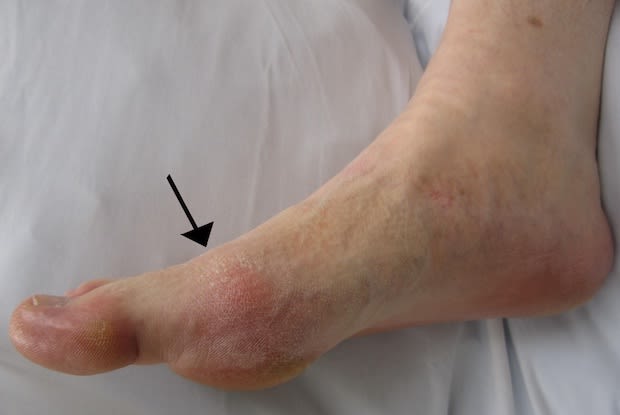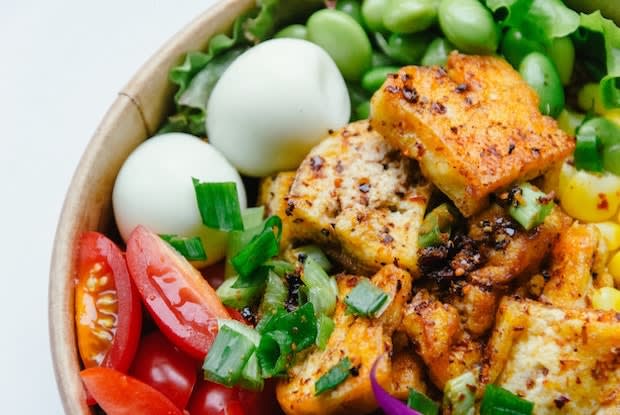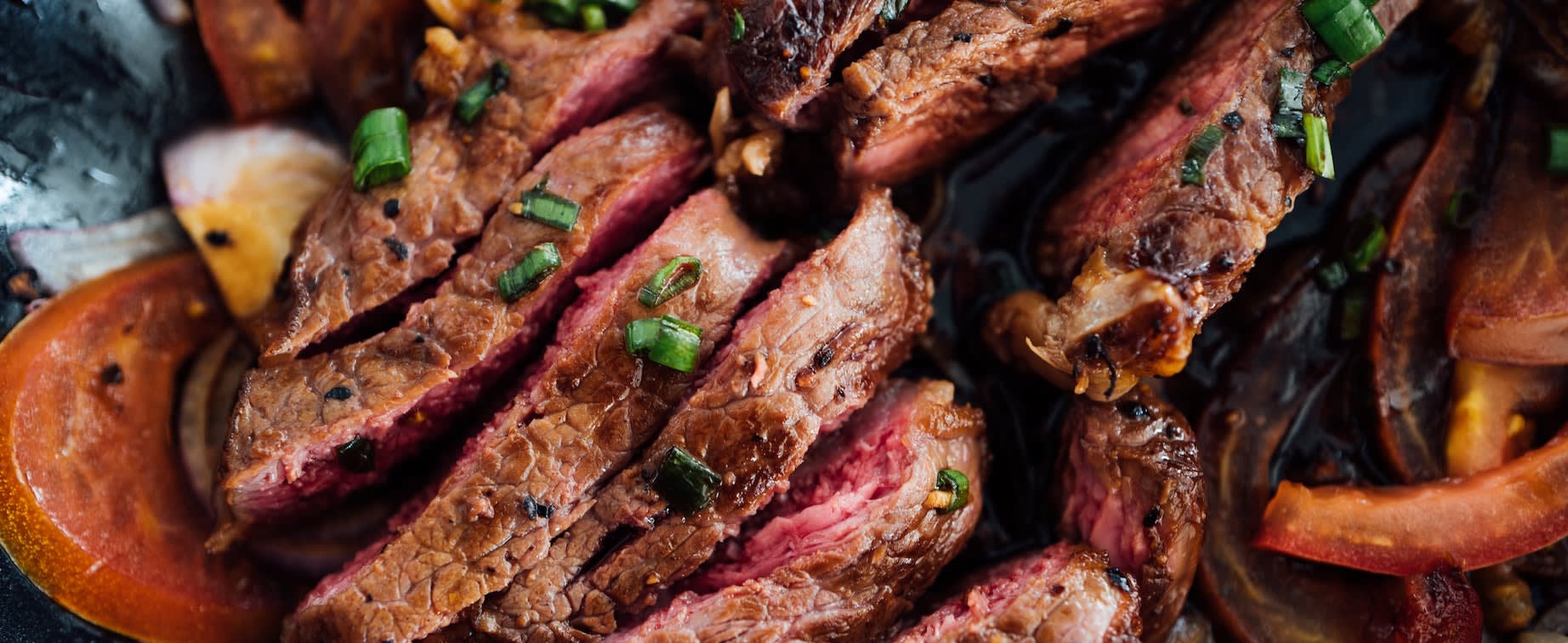Table of Contents
What is Gout?
Gout is characterized by unpleasant attacks of joint pain. This condition occurs when there is a buildup of uric acid in the bloodstream. The body produces uric acid when it breaks down purines. Purines are naturally occurring substances found in many foods, but meats and seafood contain the highest level of these substances. If you eat foods high in purines, then your body will produce more uric acid. Typically, uric acid dissolves in the blood once it breaks down the purines and then passes through the kidneys.
This acid can build up to create urate crystals if the body produces too much uric acid to excrete. These crystals usually form in the joint of the big toe but can develop anywhere in the body, including the elbows, fingers, and knees. These crystals cause pain, inflammation, and swelling in the affected joint. Gout attacks typically occur in the middle of the night, and the pain can last for days and sometimes weeks. Symptoms can be controlled with medications like Colcrys (Colchicine), but joint mobility may be affected as gout progresses. [1]
Around 4 percent of the United States population has gout, but several risk factors can increase your chance of developing this unpleasant condition. Middle-aged men and overweight individuals are more likely to develop gout because of the higher uric acid levels in the blood. [2] Unfortunately, a person does not know they have gout until the painful symptoms begin to occur. Luckily, there are several changes you can make in your diet to lower your uric acid production. Read on to learn more about what to eat while battling gout.
Get savings updates for Colchicine
Food Triggers
Once you have gout, you’ll most likely learn which foods cause gout flare-ups. High-purine foods are typical triggers for gout attacks. Foods that contain more than 200 mg of purines per 3.5 ounces are classified as “high-purine.” High fructose foods should also be avoided if you want to control your gout symptoms. High fructose foods contain 150-200 mg or purines per 3.5 ounces. High purine foods include:
Organ meats: All organ meats are high in purines. Liver meat, kidneys, sweetbreads, and brains should be avoided if you want to prevent an attack of gout.
Seafood and fish: Some fish is healthy for those with gout, but other types of seafood can trigger gout symptoms. Herring, trout, mackerel, tuna, sardines, anchovies, crab, roe, scallops, mussels, haddock, and codfish are high in purines. Beverages: Fruit juices, especially orange juice, has a lot of natural fructose, which should be avoided. Sugary sodas and high caffeine drinks can also spur on a gout attack. Caffeine is not always bad, but a sudden binge of caffeinated beverages has been shown to bring on gout attacks. Yeasts: Certain yeasts used in bread and beer can trigger gout attacks. Because of this, it is best to avoid beer and other alcoholic beverages. Added sugars: As discussed, high fructose products are not recommended. It is best to avoid adding excessive sugars to your diet, including agave nectar and honey. Other meats: Certain game meats like venison, deer, or elk should be avoided. It would be best if you also cut down on pork, lamb, and bacon. [3] Many foods should be eliminated if you are living with gout, but there are plenty of delicious fresh foods you can still enjoy. It is important to eat fruits high in vitamin C like tangerines, papayas, and cherries. Most fruits are generally acceptable for gout. Fruits like apples, pears, and pineapples have purines, but can be eaten in moderation. Along with fruits, the majority of vegetables are okay to eat with gout. Vegetables like cabbage, squash, red bell pepper and beetroot are low-purine and are healthy alternatives to other high-purine foods. Asparagus, spinach, cauliflower, and mushrooms are higher in purines but can be consumed in moderation. [4] Dairy products can be beneficial to gout sufferers. The Arthritis Foundation finds that dairy can help reduce your uric acid levels and support the elimination of uric acid in the urine. Eggs are also safe to consume if you have gout. Consuming low-fat dairy products can reduce your risk of a gout flare-up. Low-fat dairy products can include: If you are following a gout-friendly diet, you may be happy to learn that all legumes are okay to consume. Lentils, beans, soybeans, and tofu can act as healthy meat replacements in your meals. All nuts and seeds can also be consumed in your new diet. You can even eat these foods if you have gout: You should avoid all organ meats if you want to avoid a gout flare-up, but you can eat some meats and seafood in moderation. You can eat chicken, beef, pork, and lamb in controlled amounts. Fresh or canned salmon can also be consumed because it contains lower levels of purines than most other fish. [3] Gout cannot be cured, but if you implement lifestyle and diet changes, you can get your painful symptoms under control. It is vital to cut out foods that trigger your condition because gout attacks can lead to an inability to participate in certain activities. Once you have gout, your uric acid levels can only be controlled with lifestyle changes and medications like Colcrys (Colchicine). Uric acid-reducing medications will help prevent future gout attacks and increase joint mobility. It is essential to follow your treatment plan made by your doctor and dietician so that your joint mobility isn’t compromised. [6] The content in this article is intended for informational purposes only. This website does not provide medical advice. In all circumstances, you should always seek the advice of your physician and/or other qualified health professionals(s) for drug, medical condition, or treatment advice. The content provided on this website is not a substitute for professional medical advice, diagnosis or treatment.
Fruits and Vegetables

Dairy Products
Legumes and Moderation

The Impact of Gout
